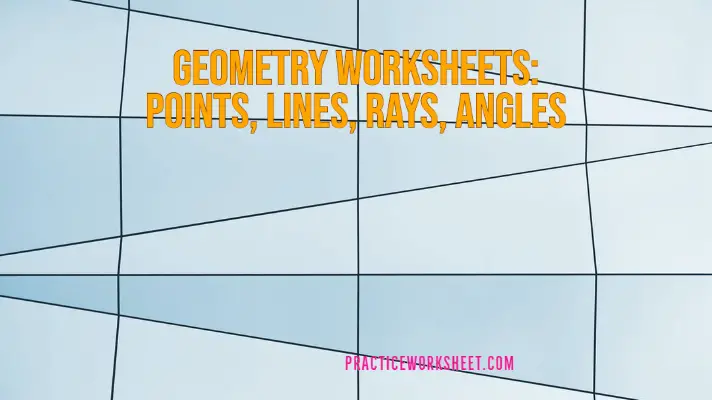Division in mathematics is one of the basic operations that denotes distributing or splitting into equal parts or groups. The division is called the inverse operation of multiplication and it defines repeated subtraction. The division is represented by “÷” or “/” sign. There are four terms associated with the division as mentioned below:
- Dividend: The number that is divided into the division operation is called the dividend.
- Divisor: It is the number by which the dividend is being divided.
- Quotient: The result or answer to the division problem is called the quotient.
- Remainder: During the division operation if there is some “leftover” It is called Remainder.
Refer to the Fig. 1 to understand the above-mentioned terms.
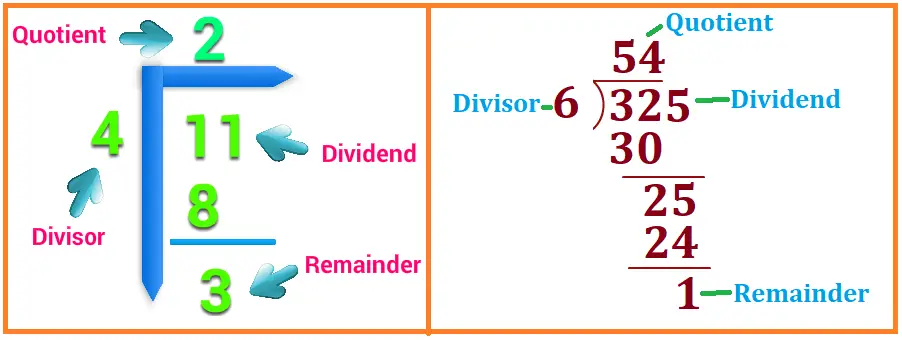
In the above two examples (Fig. 1), 4 & 6 is the divisor, 11 & 325 is the dividend, 2 & 54 are the quotient and 3 & 1 are the remainders.
The main equation of Long Division operation to remember is:
Dividend=(Divisor X Quotient) + Remainder
Division Rules
- Division by 1: Any number divided by 1 gives the number itself as the quotient. For example, 35/1=35. Here the quotient 35 is the same as the dividend as it is divided by 1.
- Division by the number itself: Any number divided by the same number gives 1 as the quotient. For example, 7/7=1. Here quotient is 1 as the dividend and divisor are both 7.
- Dividing 0 by a number: Zero divided by any non-zero number gives 0 as quotient.
- Division by zero: Division by zero is not possible. Any number, even 0 cannot be divided by 0.
- In the division operation, the remainder will always be smaller than the divisor.
- Order of division: The division always has to be in proper order. Remember that 4/2 is not equal to 2/4.
- Division also requires the use of the multiplication table. (Click here to know about the multiplication table)
- Division by 10: Any number divided by 10 gives the ones digit as a remainder and the other digits as the quotient.
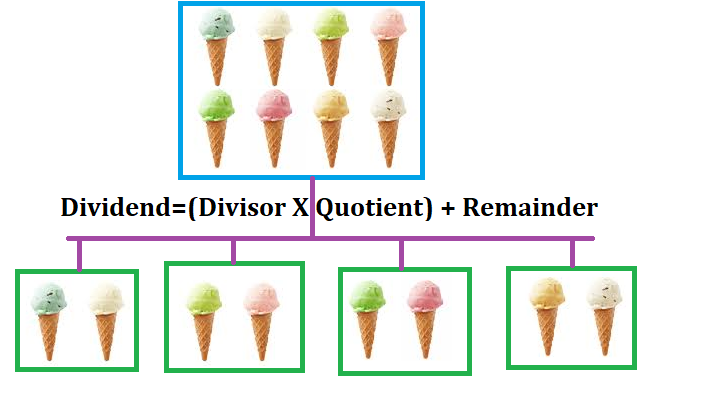
Let’s practice the following Long Division Problems and Worksheets along with https://practiceworksheet.com/. Note that option to print and making pdf is provided at the end of each article. Simply click on the button to convert the long division worksheet into pdf or print.
Long Division Problems/Worksheets
Q1) Use the multiplication table to solve the following division problems?
- 49÷7
- 69÷3
- 56÷8
- 678÷9
- 784÷4
- 398÷5
- 808÷2
- 0÷12
- 555÷6
- 2345÷1
- 192÷16
- 630÷18
Q2) Fill in the blanks for the following division problems
- If we divide the smallest 3-digit number with 10 we will get the _______ 2-digit number as quotient.
- The remainder of the division operation of the largest 3 digit number by 3 is ________.
- In a division problem, the quotient of two single-digit numbers is 5 and their sum is 6. So the two numbers are _______ and _____.
- In a division problem, the divisor is 7, quotient 4, and the remainder is 2. So the dividend is _________.
- Dividend=_________ X Quotient + ________.
- Division means repeated _________ and it is inverse of _____________ operation.
- 123456÷1 =_____________.
- 0÷18=______________.
- Which among the following is larger: 23X1 or 23÷1; ______________.
- Which of the following is smaller: 0X25 or 0÷25? ____________________.
- 325÷325=___________.
- ________÷ 3=30.
- 26÷ ___________=13
Q3) Write true or false for the below-mentioned division problem statements.
- The divisor is always greater than the remainder.
- A division operation can be performed in any order similar to multiplication.
- We can easily find the remainder by multiplying the quotient with the divisor and subtracting the result from the dividend.
- 2÷0= 0
- Dividing any number with the same number gives zero as the quotient.
- The multiplication table is not useful in long division problems.
- 0 ÷ 2=0 X 2
- Division means sharing equally.
- The quotient is the left-over in the division operation.
- When we get a remainder it is called imperfect division.
- 15÷3=5; Here 3 is the divisor.
Q4) Long division word problems
- What least number should be added to 60 so that it becomes divisible by 9?
- 49 pencils are to be distributed among 8 students. How many pencils does each student get?
- In a school program, 35 students participated. The teacher told the students to make 5 equal groups. How many students will be there in two groups?
- 108 toys are to be packed in boxes equally in groups of three toys in each box. How many boxes will be required?
- While dividing a number by 12 Aharsi got a quotient of 28 and a remainder of 10. What is the number?
- In a farm, 684 mangoes are picked which need to be packed. If in each packet, a dozen mangoes are packed how many packets will be required?
- Iffat has two sons and one daughter. If she divides $852 equally among them, How much money did two sons will get? How much did the daughter will get?
- While dividing a number with 9, Swarnali got the largest two-digit number as the quotient and 6 as the remainder. What is the number?
- How many weeks are there in three years?
- When 396 is divided by A, the quotient is 56 and the remainder is 4. What is the value of A?
- A bus runs 180 km in 5 hours, What is the speed of the bus per hour?
- How many hours it will take for a car to reach Agra from Greater Noida if the distance is 435 km and the car runs at a uniform speed of 87 km/hr?
- By what number should 18 be multiplied to get the product as 1242?
- A shop has 698 mangoes. 48 mangoes are found to be rotten. If the shopkeeper sells 5 mangoes for OMR 2, how much did he collect?
![Multiplication Worksheets Grade 3 [with PDF] Multiplication Worksheets Grade 3](https://practiceworksheet.com/wp-content/uploads/2020/06/Multiplication-Worksheets-Grade-3.png)
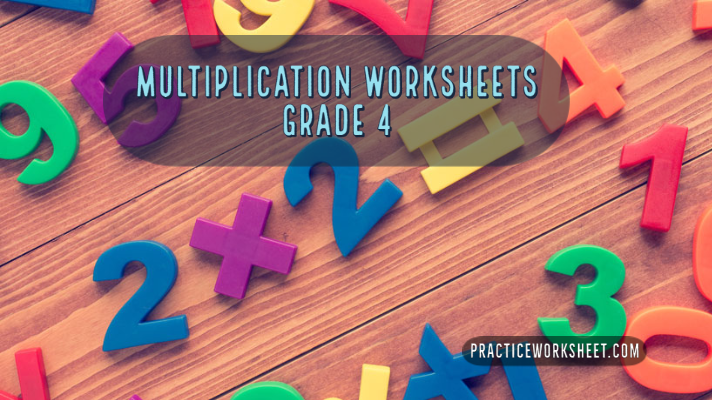
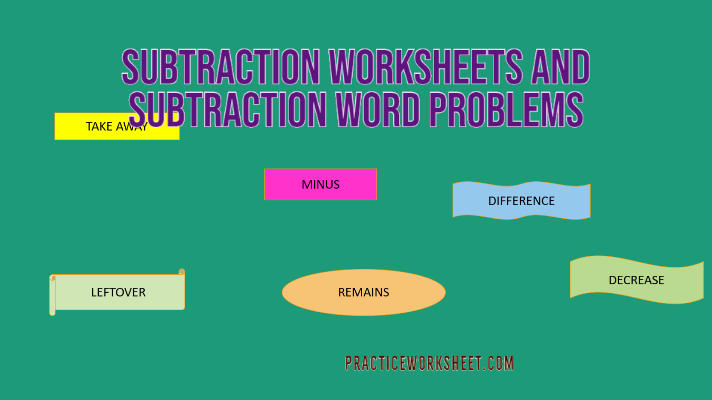

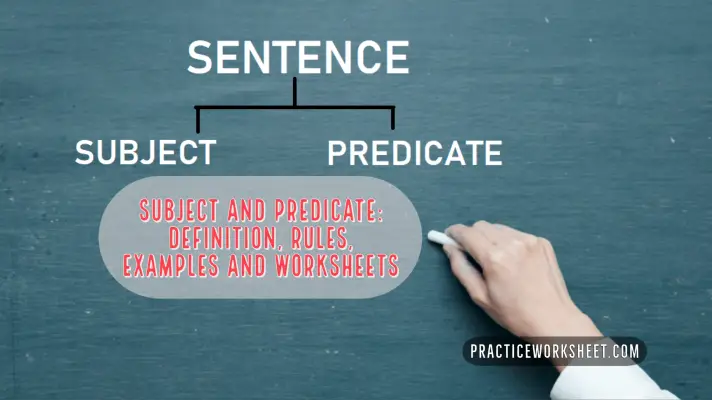
![Addition Worksheet: Addition of five or more digits [With PDF] Addition Worksheet: Addition of five or more digits](https://practiceworksheet.com/wp-content/uploads/2020/05/Addition-Worksheet-Addition-of-five-or-more-digits.png)

